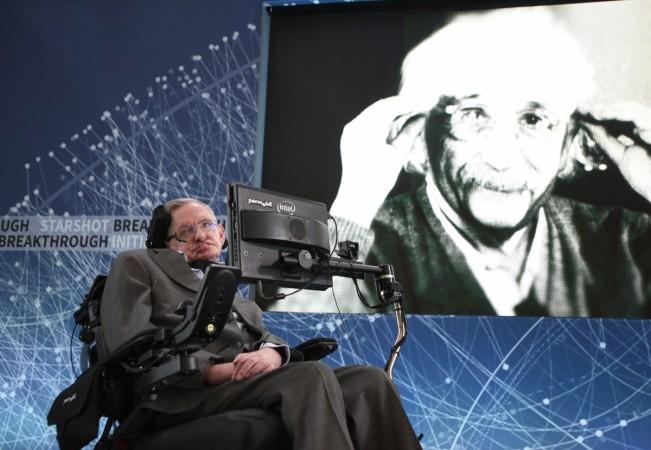Physicist Stephen Hawking passed away on Wednesday, at the age of 76, after complications due to Amyotrophic Lateral Sclerosis (ALS). He was diagnosed with the incurable neurological disease when he was around 21 years old and was given two years to live. However, defying all odds, the famous theoretical physicist lived for more than 50 years.
Here's all you need to know about the rare neurological disease:

What is amyotrophic lateral sclerosis?
It is a group of rare neurological diseases that causes the progressive degeneration and death of the nerve cells controlling voluntary muscle movements such as chewing, walking, breathing and talking, according to the National Institute of Neurological Disorders and Stroke (NINDS).
Cause
The exact cause of ALS is not known, but scientists believe that both genetics and environment are responsible for the development of the rare disease.
Symptoms
Early symptoms of ALS can be subtle. Some of the early signs include muscle weakness or stiffness, difficulty in chewing and swallowing and speech problems.
As the disease causes progressive degeneration, gradually all the muscles under voluntary control get affected. Individuals suffering from the disease lose their ability to speak, move, eat, and even breathe. The symptoms get worse over the time.
Types of ALS
There are generally two types of ALS:
Sporadic ALS
In the majority of the cases, ALS are considered sporadic – meaning, the disease occurs at random, with no family history of the disease, or no clearly associated risk factors.
Familial or Genetic ALS
Familial ALS cases are rare (about 5 to 10 percent of all case) and happen when an individual inherits the rare disease from their parents.
Potential risk factors for ALS
Age: The disease can strike at any age, but the symptoms in most cases develop between the ages of 55 and 75.
Gender: Men are more likely to get the disease than the women.
Diagnosis
A single test cannot provide enough evidence to prove that an individual is suffering from ALS. The primary diagnosis is based on symptoms observed by a physician. It is followed by a number of other tests suggested by the physician to know for sure that it's not mimicking other diseases. The tests can include, muscle and imaging tests, laboratory tests and tests for other diseases and disorders.
Treatment
Currently, there is no cure or effective treatment for ALS, but there are treatments to control the symptoms or prevent unnecessary complications and make life easier for the individual. There are medications that are believed to reduce the damage of motor neurons. Physical therapy, speech therapies, breathing support and nutritional support also help the patients.
The average life expectancy after the diagnosis of ALS is about three years. However, about 20 percent of people live up to five years after their diagnosis, 10 percent live 10 years and 5 percent live for over 20 years, according to The ALS Association.

















